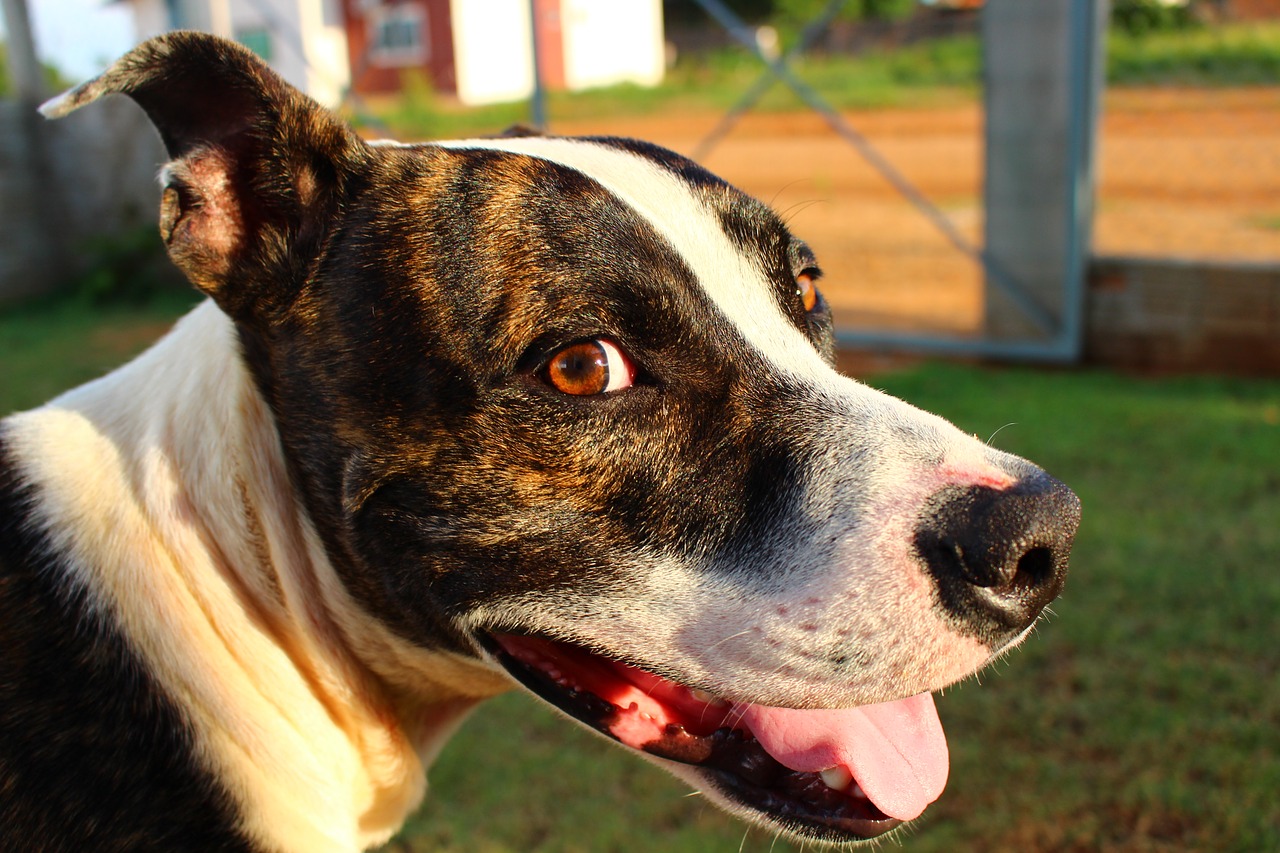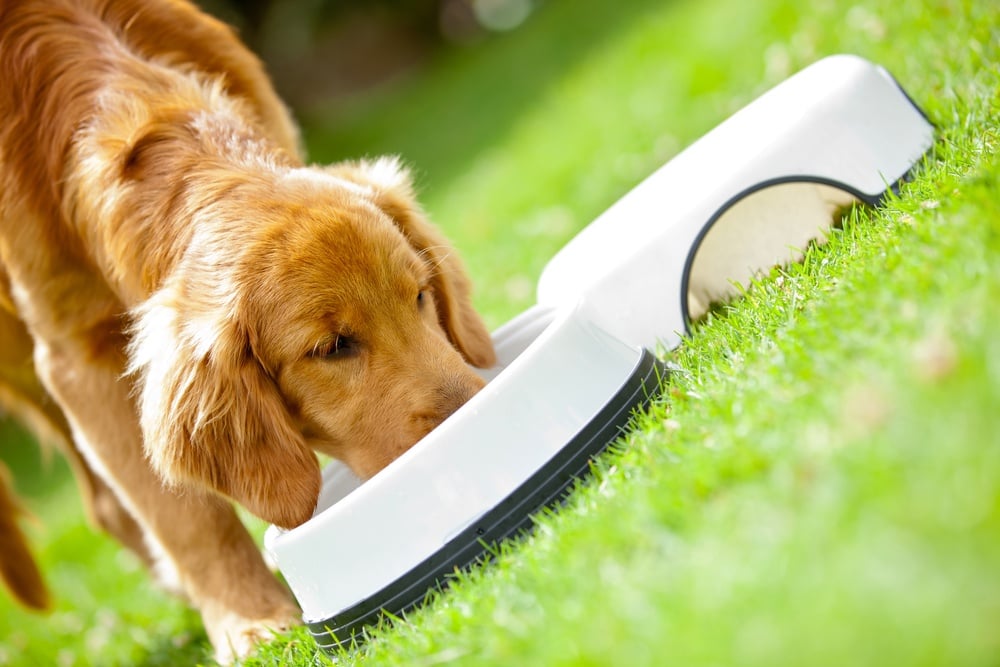My Dog Is Too Picky For A Raw Pet Food Diet
January 18, 2018

You’ve done the research on types of diets for dogs, committed to a raw pet food diet, sourced the best producer, purchased it, stored and prepared it properly, portioned the correct amount and you’re all ready to watch your dog chow down. But then she takes one look and walks away. If this scenario happens to you, don’t worry...you’re not alone. And we’re here to help.
Some dogs have difficulty transitioning to raw because they’ve always been picky eaters. Others are unsure of the texture while others are not used to the refrigerated temperature.
We frequently have owners transitioning their pets to a raw meat diet because they already know their dog is a picky eater. There are many influences that can contribute to a dog not eating right away. Sometimes they had a negative experience with food (tummy upset or digestive trouble) and now they are hesitant to eat. Sometime their previous feeding habits, such as being free fed, decrease their drive to eat all their food right away. And other times they are being smarty-pants and waiting out their owners to see if something more tempting might be offered (like toppers, table scraps or treats). When transitioning to raw it’s important to create healthy meal time habits that will support natural consumption and digestion.
Taste is Everything … or is it?
It is important to note that dogs only have about 1,760 taste buds on their tongue, as compared to humans who have about 9,000. While it’s understandable that we assume our picky pups don’t like the taste of something, more commonly there are other reasons why your dog may not be eating. Simply consider some of the strange and out right disgusting things that dogs will eagerly gulp up. Most often dogs are compelled to food based on smell alone. In fact most dogs would not be able to decipher between different proteins if it were not for the odor. Rotating through a variety of proteins is great for dogs and this variety will help prevent them from getting bored with their meals as well as provide an overall balance of nutrition.
Fido Might be Full
Often times dogs will skip meals or come across as picky simply because they are not hungry. We see this often as puppies grow into adolescents and then into adults. There comes a time when growing dogs need less food and some dogs simply stop eating as much. This can be worrisome to owners, especially if you are used to your pup eagerly gobbling up their food. But it is completely normal as an animal’s growth slows down for their metabolism and need for caloric intake, to also decrease. If you find this with your teenage dog as they mature into an adult it may be time to start varying their meal times and even decreasing feeding to once per day.
Another common cause for decreased appetite is weather. Often dogs will eat much less in seasons of extreme heat or if they are requiring less activity. It is important to recognize that, like people, dog may not require exactly the same volume of food intake every day.
Creating a Comfortable Table
Many dogs are fed in the heart of our homes – the kitchen. However for some dogs this can create discomfort. While dogs naturally love being part of our family and often demand being the center of attention, meal times may require them to be separated into an area that is quieter where they have more privacy. If we consider the feeding habits of wild dogs, meals (or meal pieces) are often dragged to secluded dens or underbrush, it makes perfect sense that our domesticated companions might also prefer a more private feeding space. If your dog is struggling to eat perhaps feeding them in a crate or closed off room would provide more comfort – especially if they are settling down with a delicious raw meaty bone.
Take Away the Topper
If your dog is otherwise healthy the “tough love” approach might be the best way to combat their selectivity. This can be especially necessary if your dog is used to having toppers added to their meals to encourage them to eat. We often recommend presenting the dog’s meal for 5 minutes and if they do not eat everything simply pick the dish up, cover it, place it back in the refrigerator and do not offer anything again until their next scheduled meal time. Our dogs are highly in tune with us, so it’s important to be as neutral as possible if they do not eat right away. Avoid coaxing them or enticing them to the food, simply place the bowl in their feeding spot and allow them to eat or not. Healthy dogs will not typically starve themselves and as long as they have access to fresh, clean water they can go days without food intake. Once they learn that they won’t be getting additional scraps or treats added to their meals they most often start eagerly gobbling up their meals.
Ask for help!
Transitioning your dog or cat to a raw diet is a wonderful gift you can give them. If you find yourself struggling we encourage you to stick with it – and know that there is a whole community of raw feeders out there willing to help. Ask questions, seek advice and learn from the experience of others who have joined the raw revolution. It will help you a great deal and your pet will love you for it.
If you’re struggling to transition to a balanced raw food diet for dogs or anticipate that your dog will have trouble, contact us at Iron Will Raw. We have helped guide many dogs and their humans through the transition, and would love to help you out!




